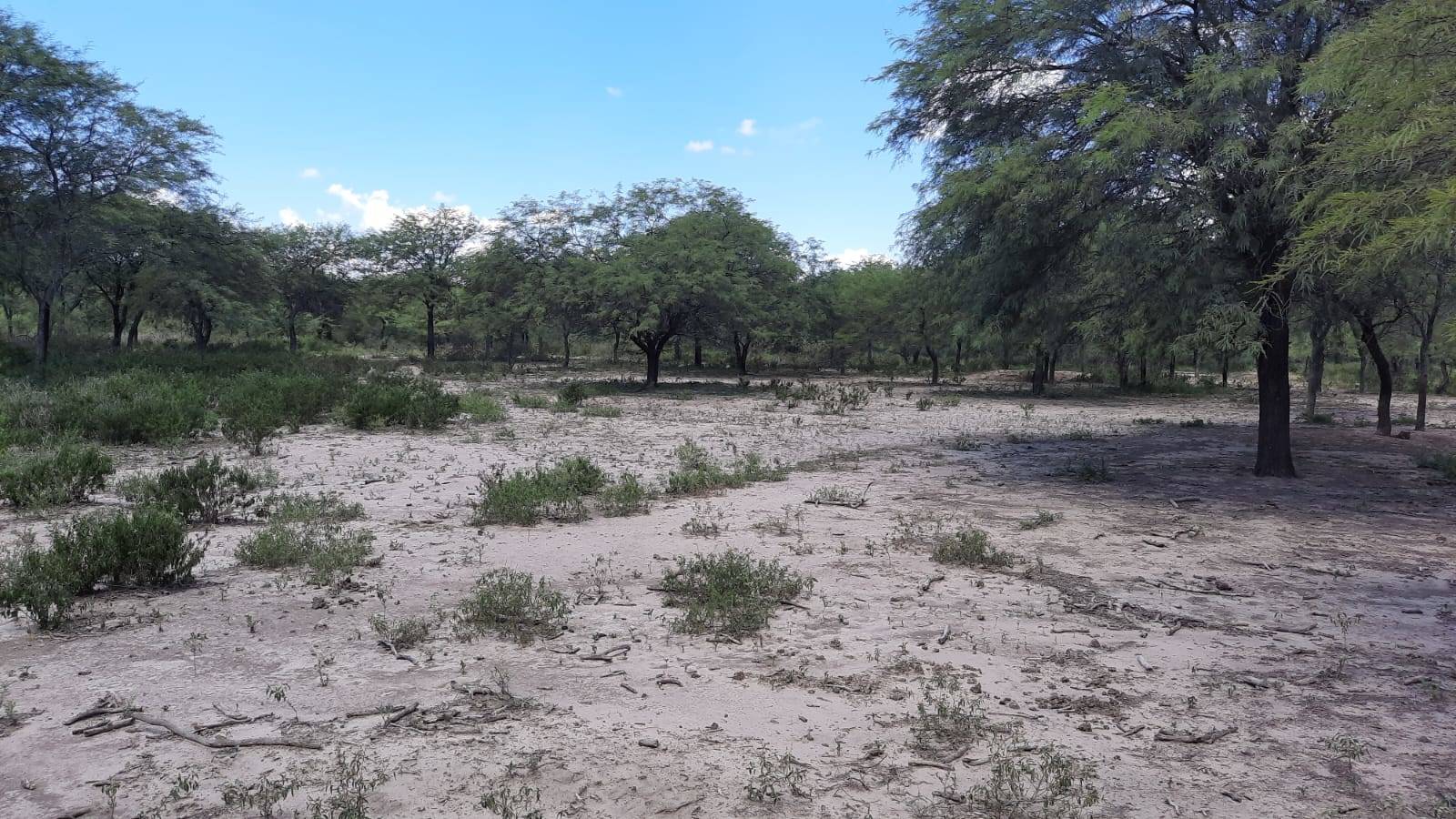A seasonal drought has been exacerbated in southern America from 2022 to date and much of Argentina, Uruguay, southern Brazil and part of Bolivia have received only 44% of the average rains

A seasonal drought has been exacerbated in southern America during the last quarter of 2022 to date and much of Argentina, Uruguay, southern Brazil and part of Bolivia have received only 44% of the average rains for the area during the area The last three months of last year, according to a report by the SISSA (drought information system for southern South America).
This represents the lowest rainfall in the last 35 years since there are records.

Source: Sissa; https://sissa.crc-sas.org/
This map shows the areas that have been in drought from December 2021 to March 2023, according to the combination of satellite data with in situ observations of the weather stations carried out by the SISSA.
The different drought categories are represented shaded with different colors. Yellow areas indicate "abnormally dry" conditions that are not properly considered drought, but refer to areas that may be entering or recovering from dry conditions. The remaining categories refer to four degrees of drought of increasing severity. The clear orange tones indicate "moderate drought", the orange "Severe drought", the red "extreme drought" and finally the embroidered "exceptional drought." White areas, categorized as "non -dry", indicate that normal to humid conditions are being experienced.
The increase in extreme heat waves led to a water availability deficit due to an increase in evapotranspiration. This loss of moisture on the surface and vegetation is the one that would have caused the exacerbation of the drought.
At the macro level, this drought has a strong impact on the economies of countries and regions, mainly in the agricultural sector - since a thermal and water stress is generated on crops and pastures - and in the generation of hydroelectric energy.
In the Gran Chaco region, especially in Argentina and Bolivia, drought has represented a strong economic impact with crop losses and pastures, mortality of animals and water shortage.
As for the groups of producers who participate in the “Bovine Productivity in the South American Chaco Region” project, in addition to suffering the same consequences as the Great Region, its technology incorporation plans have been affected.
Indeed, as observed in the graph, most project pilot sites projected to incorporate improvements in the feeding of their breeding cattle, mainly through the planting of new varieties or species of pastures, changes in their handling, etc. .
In some cases, demonstrative plots were sown, but their development was directly affected by the lack of rains. Other groups decided to postpone plantings to the spring of 2023 so as not to risk the seed acquired from the project.
Extensionist equipment in the different regions where the project takes place makes considerable efforts to support producers, but the environmental situation is former




